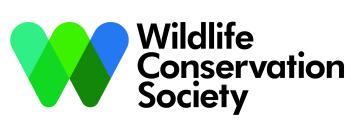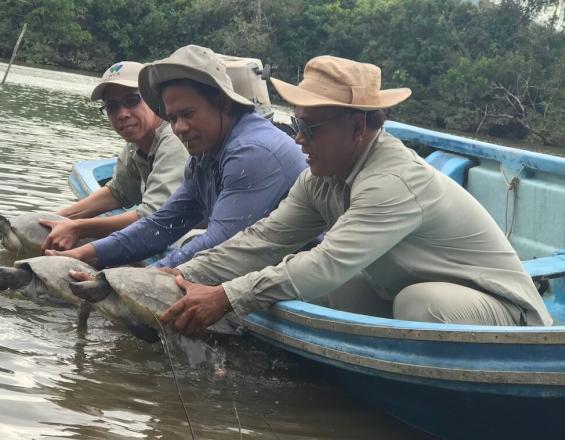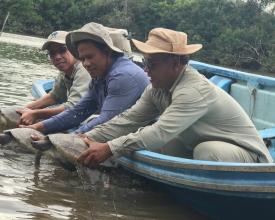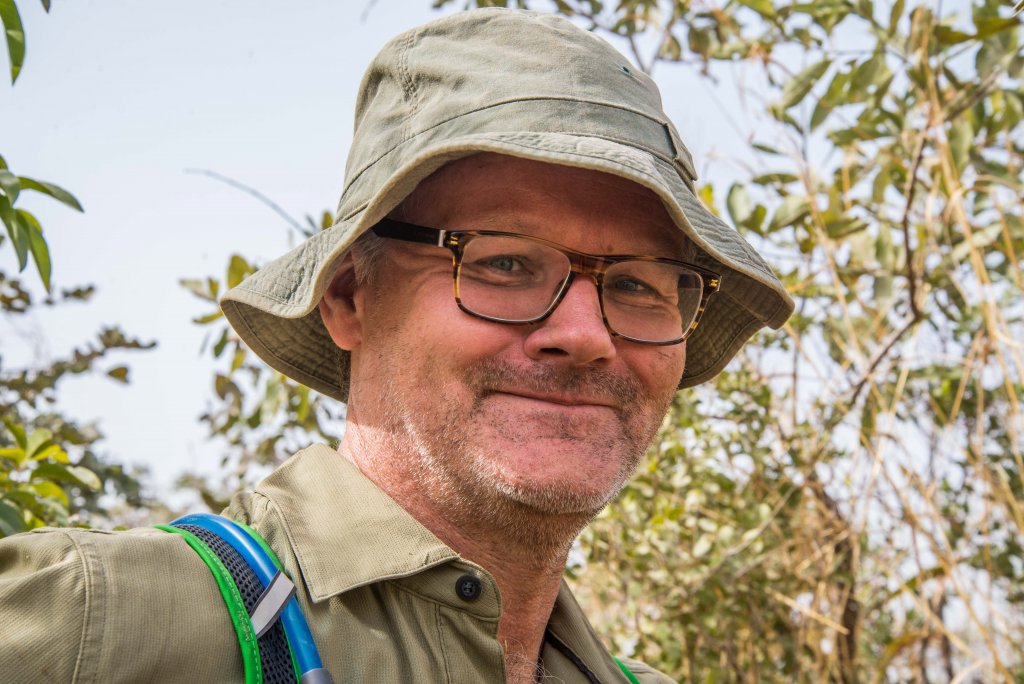
Restoring the wild population of southern river terrapins in Cambodia

The southern river terrapin (Batagur affinis) is one of the world’s most threatened chelonians. Sre Ambel River supports one of two remaining populations in the world. The species is threatened by poaching and habitat destruction from logging and sand mining. The project addressed these challenges through protection, post-release monitoring, education, and awareness-raising. The programme helped influence government policy to stop sand mining activities in the Sre Ambel River, and led to the establishment of a Fisheries Conservation and Management Zone.
Context
Challenges addressed
Location
Impacts
Under the nest protection scheme, the eight protected nests resulted in 121 hatchlings. All hatchlings were reared at a head-starting centre. They will be released when they are large enough to avoid all natural predators.
Twenty-one sub-adult Southern River Terrapins were released in the wild following internationally approved best-practice principles for head-starting and post-release monitoring for large river turtle species. All turtles were affixed with sonic transmitters.
Results from the post-release monitoring showed that more than 90% of individuals could still be found after one year. Data from SMART patrols on the spatial distribution of threats to turtles, and from sonic tags on the movement and habitat preferences of released turtles, were used to show government agencies the importance of the area for conservation. In 2017, the government froze the licences of companies mining sand on the Sre Ambel River, and in 2018 the Fisheries Administration established a Fisheries Conservation and Management Zone.
Education and awareness-raising programs about the importance of the species played a crucial role in encouraging local communities to participate in conservation. Over the past three years, five turtles captured by fishermen were returned to the project; all were animals that had been head-started and released.


